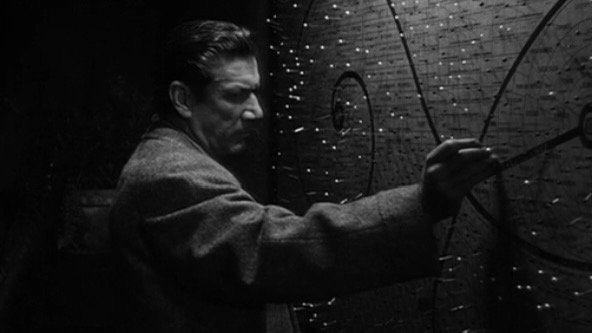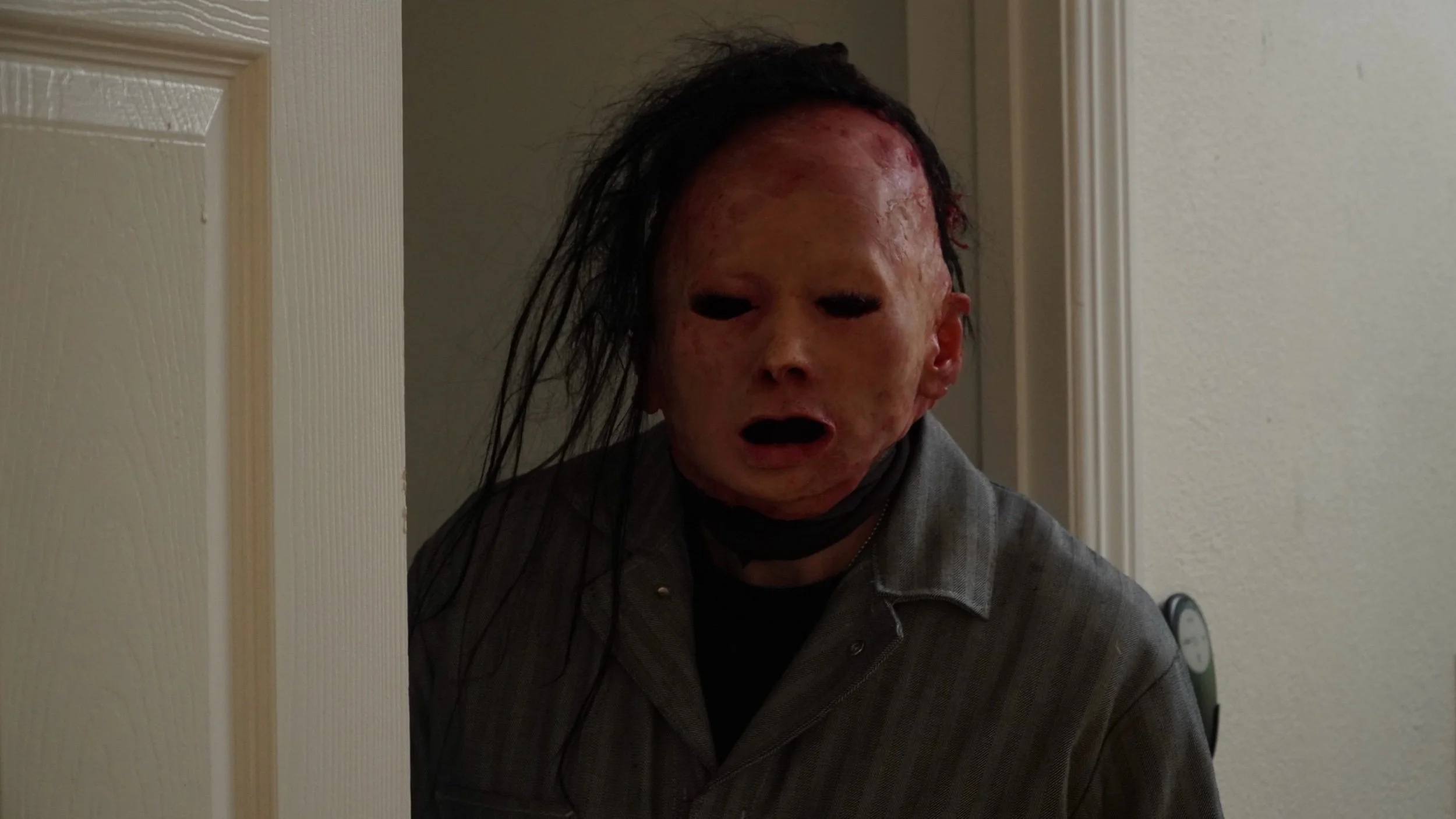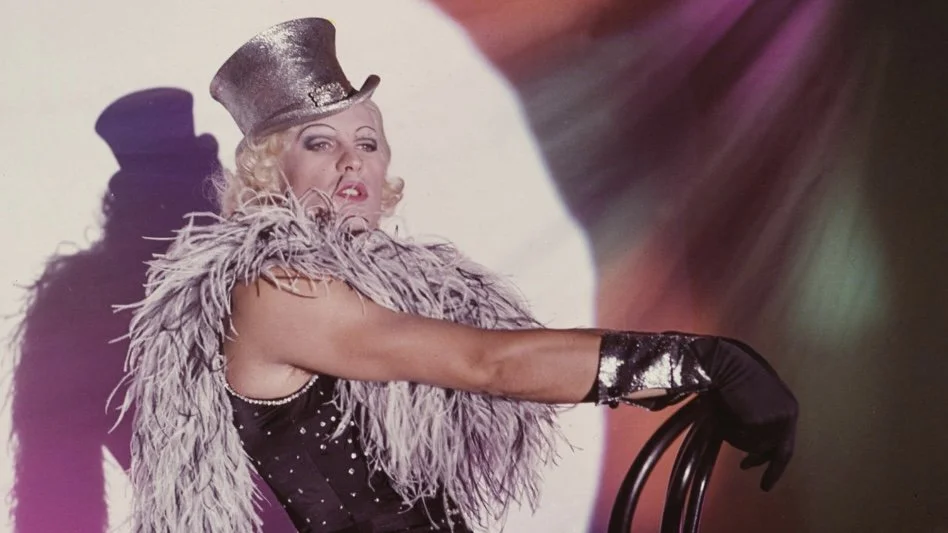Danse Macabre #15: Film Review — "I Bury the Living" (1958)
In 1981, Stephen King published Danse Macabre, a work of non-fiction wherein the author acts as a tour guide through the history of horror. He addresses the social issues and political conflicts that have influenced creators over the years, and the ways creators have influenced each other.
King closes out the volume by recommending 96 films and 113 books released during the 1950-1980 period that he feels have significantly contributed to modern genre fiction. With this Fearsome Queer column, I’ll be making my way through those titles in no particular order.
I nearly, nearly loved this. There for a minute, I was like, “How’ve I never seen this? I’m gonna recommend it to everyone!” I thought that because I Bury the Living has almost everything going for it, as far as stellar B-pictures go. First off, it’s got a helluva premise: the new chairman of a cemetery develops a seemingly supernatural ability to end the life of any plot owner and, in effect, fill their grave prematurely. In addition to a cool story, it’s got classical theatre actor turned Emmy-nominated TV-Western star Richard Boone in the lead role. And at 77 minutes, it plays like a feature-length (second-rate) Twilight Zone episode (not a bad thing, in my opinion). But, in the end, I Bury the Living’s conclusion commits a cardinal sin that sours the whole thing for me.
The set-up in the beginning is simple yet compelling. Businessman Robert Kraft, played by Richard Boone, inherits the rotating chairmanship of the town cemetery and accepts the gig reluctantly just to keep his high standing within the community. Then, on day one, he learns the longtime groundskeeper’s method of monitoring plot availability by marking a large wall-mounted map with white pins and black pins. The white ones signify empty plots with still-living owners, and the black ones mean that the owner is dead and buried. Later that day, Kraft sells two plots to a young married couple, but he mistakenly uses black pins to denote their purchase. The couple dies that night. Whoops! Concerned that his error may have cosmically ordained their demise—but determined to prove to himself that he’s being ridiculous—Kraft replaces a random white pin with a black one, and… well… that person dies, too. Mystery and dread ensue.
Despite growing up in a Western-heavy household, I don’t recall ever watching Richard Boone’s show Have Gun—Will Travel. He must have been pretty damn good as the titular gunslinger, though, because he received two Emmy nominations for it. So, when I Bury the Living came out, between that show’s first and second seasons, he was likely a household name to some degree.
The film leans on that recognizable screen presence as well as his atypical hotness—imagine if Lee Marvin and Fred MacMurray shared a half-brother—to carry the story. The role of Robert Kraft does not require a lot of range to pull off, but it does take a skilled-enough performer to keep the tedium interesting. Aside from Kraft feeling incrementally guiltier, to the point that he almost snaps, the part lacks dynamism; it only really asks Boone to keep going further in a single downward direction. So, as I watched Kraft grow evermore remorseful about the people he’s “killed”, I kept low-key hoping that he would shift to using his powers purposefully—either by righting wrongs as an avenging angel, or by choosing to commit evil deeds instead! Either choice could have given the character more panache while really elevating the horror overall. But the final moments reveals why that was never going to happen…
I’m not a fan of horror that attempts to explain itself, meaning when a story carves out time, usually in the end, to rationalize the “why” for the audience. I’d rather the horror go unexplained and remain a supernatural phenomenon than spoil the terror for the sake of “making sense”. I Bury the Living does exactly this, unfortunately. The movie undermines itself by spelling out everything, and we’re left without an ounce of awe or ambiguity.
It’s a shame because Albert Band’s direction is so inspired up until then. Band, not willing to let the film’s budgetary restraints hold him back, demonstrates a lot of competence behind the camera. His best choices coincide with Kraft’s decent into madness. For instance, Band uses the map of the graveyard to goad Kraft. It glows, it grows, and its winding pathways invite Kraft to spiral deeper and deeper. The shots where Richard Boone is photographed in silhoutte, with the enormous map backlighting him, are especially striking.
And Albert Band does it all in just 77 minutes, which is the perfect runtime for a film with such limited geographic scope. There’s nothing wrong with a chamber piece; I’m actually quite fond of them. But because we seldom venture beyond the groundskeeper’s cabin or Kraft’s home, we end up hearing more about the deaths than seeing them, and that’s a tad unsatisfying. We do witness one man keel over—thank goodness—but that’s about it. I wish the film had shown us more of Kraft’s “victims” dying along the way…
With these Danse Macabre columns, I often try to hypothesize why Stephen King recommends certain movies, especially when they’re disappointing. I have to imagine that when it comes to I Bury the Living, King wants us to witness how easily a potentially great horror story can be completely ruined with an unnecessary reality check during the finale. I mean, why de-horrify the horror? Let this be a lesson, I guess.




